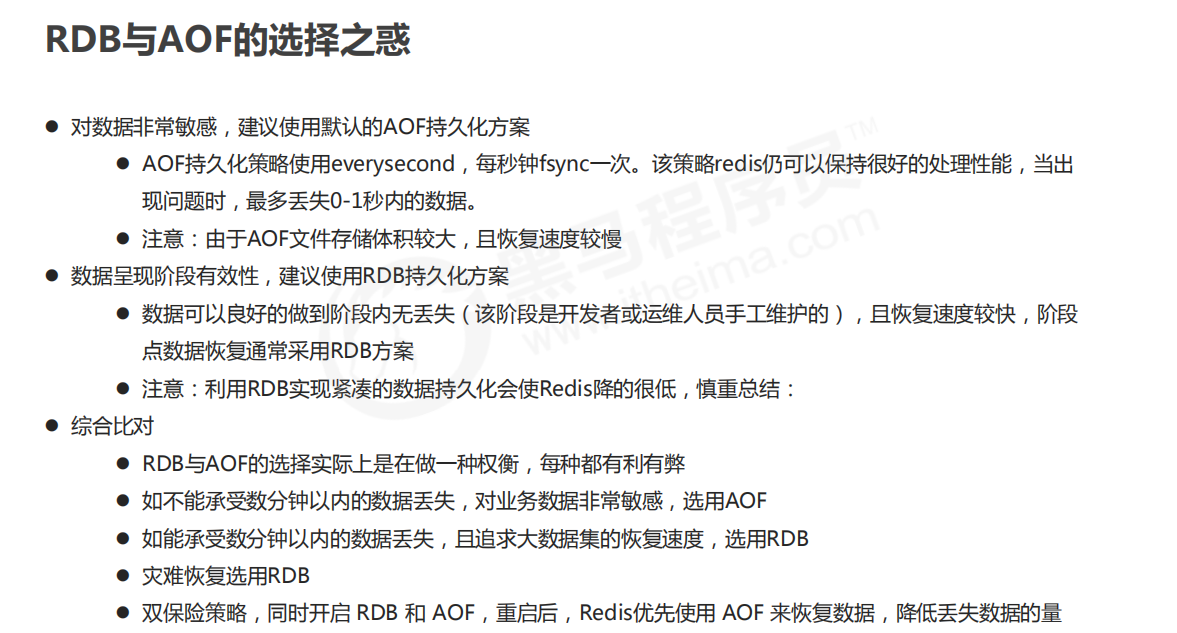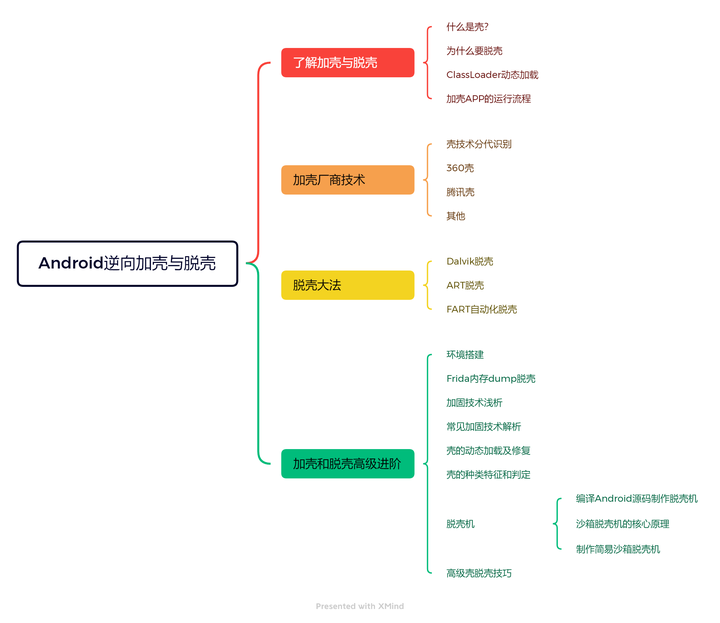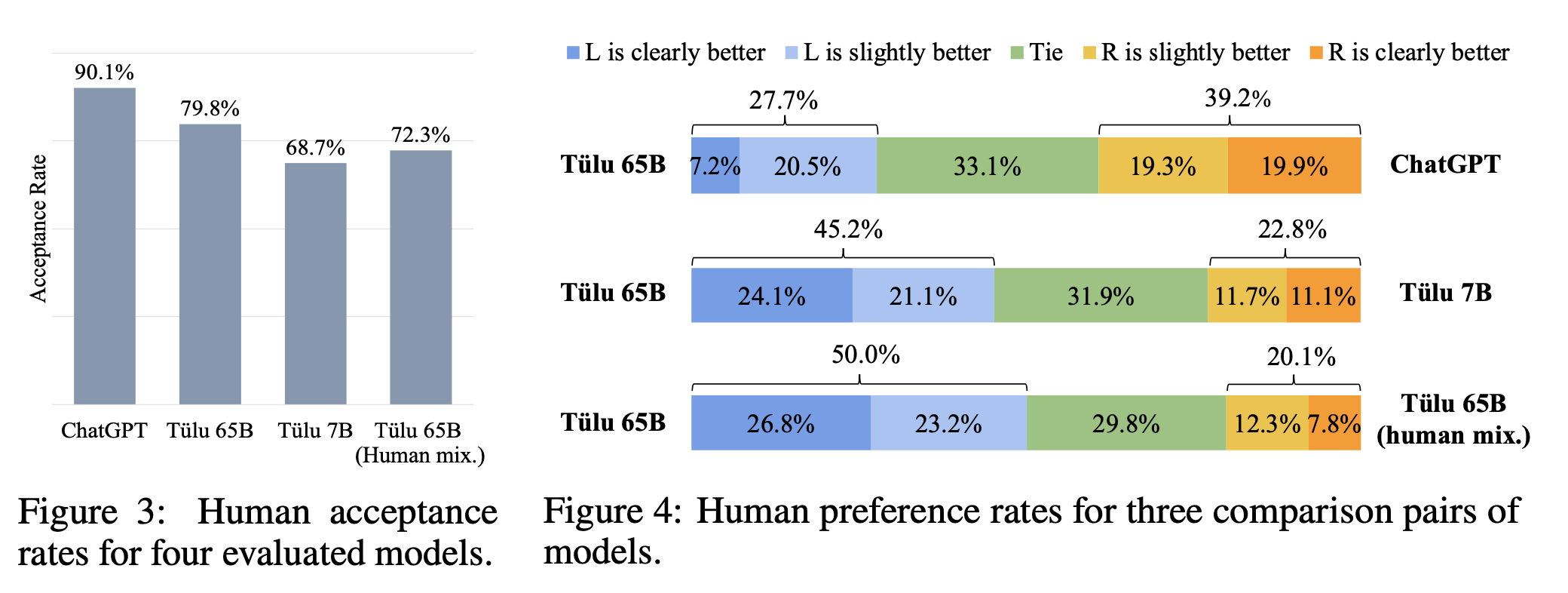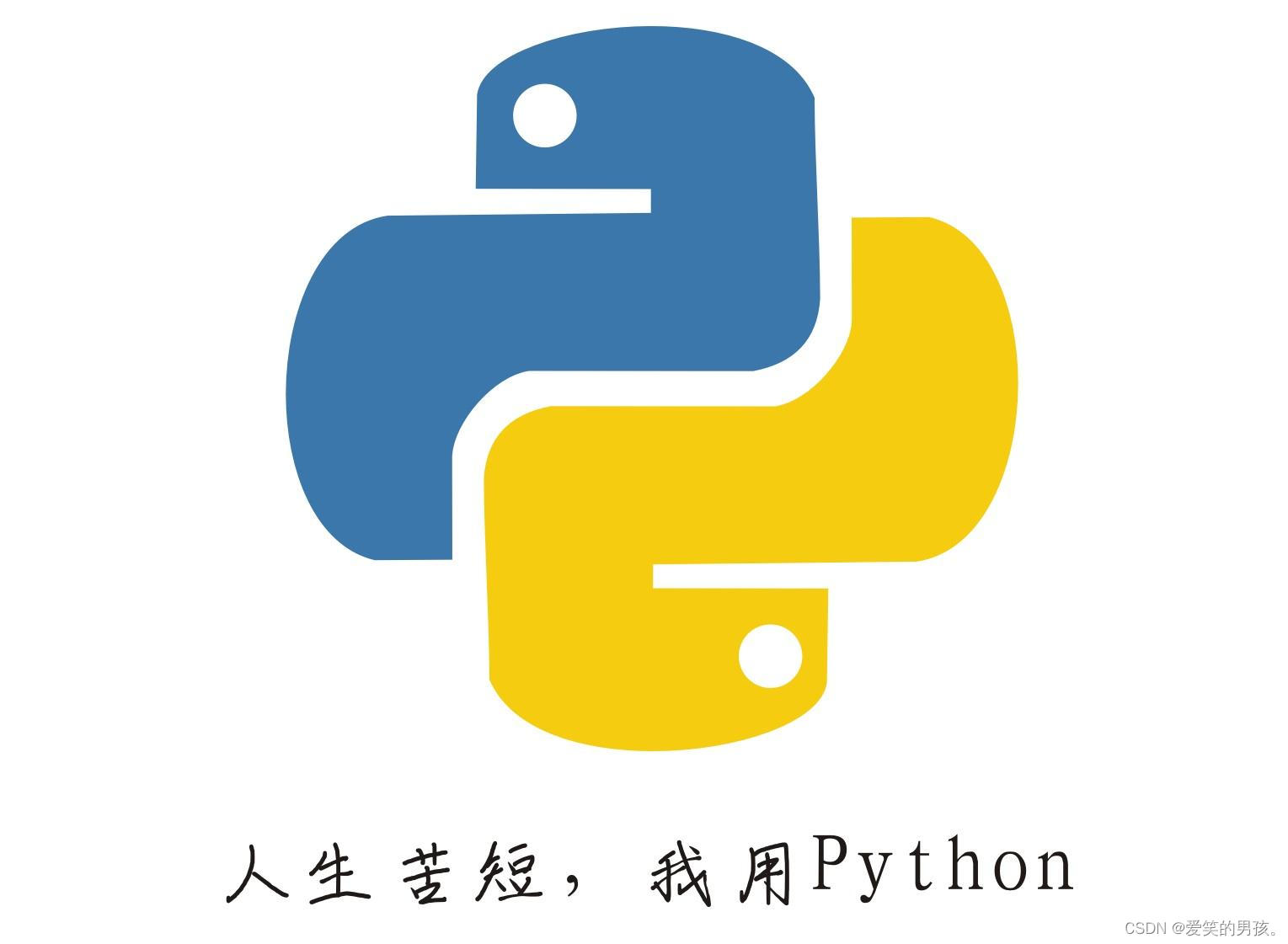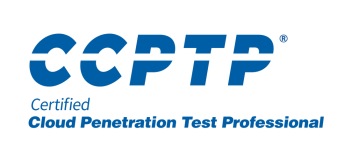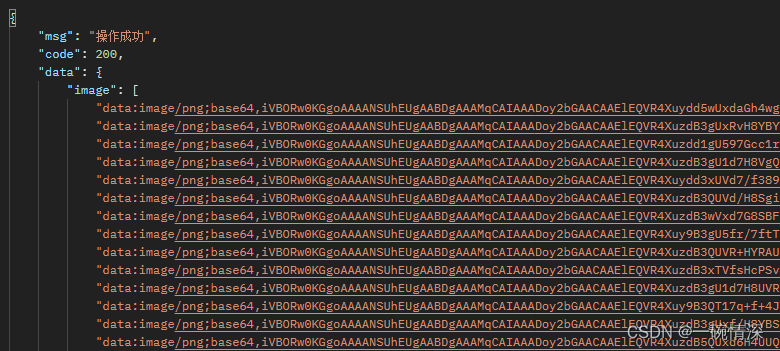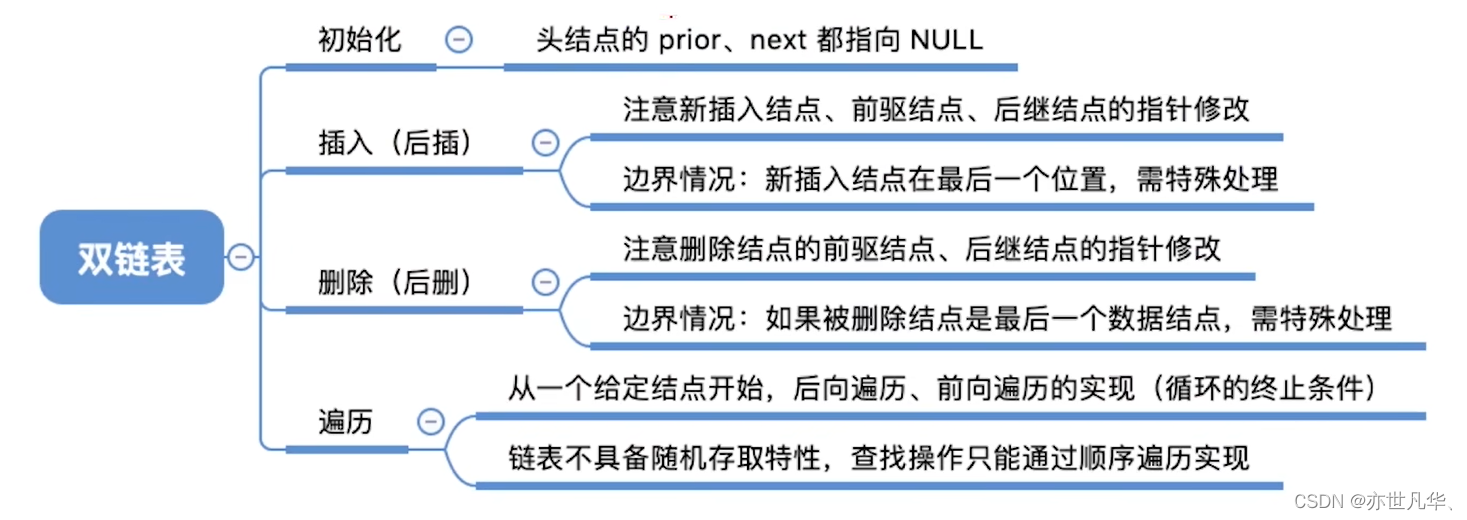目录
一、搭建环境
1、数据库
2、数据库可视化
3、JAVA-JDK
4、项目管理器
(1)修改仓库路径
(2)修改镜像
5、编译器
二、创建项目
1、新建项目
2、修改下载源
三、使用LomBok依赖
四、有则改之
1、发现问题
2、解决问题
五、相关提示
1、将新项目都统一用阿里云镜像
2、修改sdk
3、使用鼠标修改字体大小
一、搭建环境
1、数据库
:Mysql5.5(安装过程查看分享。)
链接:https://pan.baidu.com/s/1ZtO1FJQXKZinQtQ_SBhuvw
提取码:rkon
--来自百度网盘超级会员V3000的分享
2、数据库可视化
:Navicat11(安装过程查看分享。)
链接:https://pan.baidu.com/s/1ZtO1FJQXKZinQtQ_SBhuvw
提取码:rkon
--来自百度网盘超级会员V3000的分享
3、JAVA-JDK
:jdk1.8(教程:Java JDK环境变量配置)

链接:https://pan.baidu.com/s/1y22tHKMQis1NBmbmxnXDAw
提取码:ooct
--来自百度网盘超级会员V3000的分享
4、项目管理器
:Maven3.6.3 (安装包在下方网盘链接。)
链接:https://pan.baidu.com/s/1ZtO1FJQXKZinQtQ_SBhuvw
提取码:rkon
--来自百度网盘超级会员V3000的分享
安装:
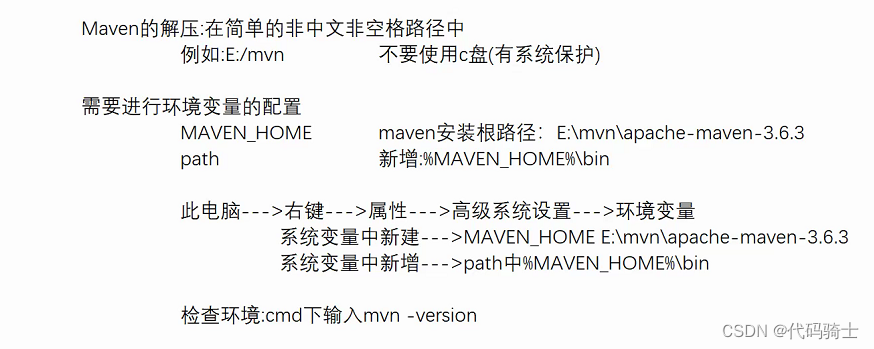
修改配置:
maven安装路径中找到setting.xml文件

(1)修改仓库路径
创建仓库文件:

将仓库路径复制粘贴在setting文件中(注意不要写到注释里面)
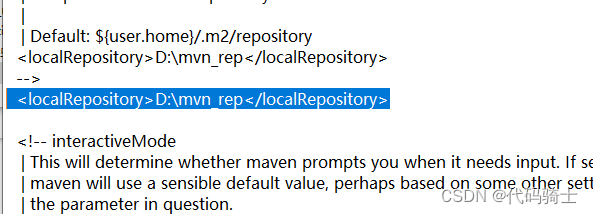
<localRepository>D:\mvn_rep</localRepository>(2)修改镜像
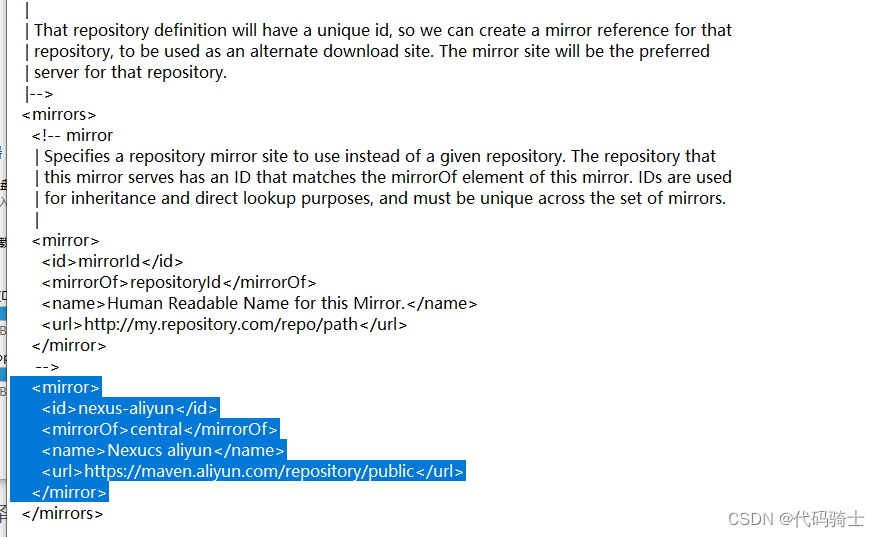
<mirror>
<id>nexus-aliyun</id>
<mirrorOf>central</mirrorOf>
<name>Nexucs aliyun</name>
<url>https://maven.aliyun.com/repository/public</url>
</mirror>完整setting.xml
<?xml version="1.0" encoding="UTF-8"?>
<!--
Licensed to the Apache Software Foundation (ASF) under one
or more contributor license agreements. See the NOTICE file
distributed with this work for additional information
regarding copyright ownership. The ASF licenses this file
to you under the Apache License, Version 2.0 (the
"License"); you may not use this file except in compliance
with the License. You may obtain a copy of the License at
http://www.apache.org/licenses/LICENSE-2.0
Unless required by applicable law or agreed to in writing,
software distributed under the License is distributed on an
"AS IS" BASIS, WITHOUT WARRANTIES OR CONDITIONS OF ANY
KIND, either express or implied. See the License for the
specific language governing permissions and limitations
under the License.
-->
<!--
| This is the configuration file for Maven. It can be specified at two levels:
|
| 1. User Level. This settings.xml file provides configuration for a single user,
| and is normally provided in ${user.home}/.m2/settings.xml.
|
| NOTE: This location can be overridden with the CLI option:
|
| -s /path/to/user/settings.xml
|
| 2. Global Level. This settings.xml file provides configuration for all Maven
| users on a machine (assuming they're all using the same Maven
| installation). It's normally provided in
| ${maven.conf}/settings.xml.
|
| NOTE: This location can be overridden with the CLI option:
|
| -gs /path/to/global/settings.xml
|
| The sections in this sample file are intended to give you a running start at
| getting the most out of your Maven installation. Where appropriate, the default
| values (values used when the setting is not specified) are provided.
|
|-->
<settings xmlns="http://maven.apache.org/SETTINGS/1.0.0"
xmlns:xsi="http://www.w3.org/2001/XMLSchema-instance"
xsi:schemaLocation="http://maven.apache.org/SETTINGS/1.0.0 http://maven.apache.org/xsd/settings-1.0.0.xsd">
<!-- localRepository
| The path to the local repository maven will use to store artifacts.
|
| Default: ${user.home}/.m2/repository
<localRepository>D:\mvn_rep</localRepository>
-->
<localRepository>D:\mvn_rep</localRepository>
<!-- interactiveMode
| This will determine whether maven prompts you when it needs input. If set to false,
| maven will use a sensible default value, perhaps based on some other setting, for
| the parameter in question.
|
| Default: true
<interactiveMode>true</interactiveMode>
-->
<!-- offline
| Determines whether maven should attempt to connect to the network when executing a build.
| This will have an effect on artifact downloads, artifact deployment, and others.
|
| Default: false
<offline>false</offline>
-->
<!-- pluginGroups
| This is a list of additional group identifiers that will be searched when resolving plugins by their prefix, i.e.
| when invoking a command line like "mvn prefix:goal". Maven will automatically add the group identifiers
| "org.apache.maven.plugins" and "org.codehaus.mojo" if these are not already contained in the list.
|-->
<pluginGroups>
<!-- pluginGroup
| Specifies a further group identifier to use for plugin lookup.
<pluginGroup>com.your.plugins</pluginGroup>
-->
</pluginGroups>
<!-- proxies
| This is a list of proxies which can be used on this machine to connect to the network.
| Unless otherwise specified (by system property or command-line switch), the first proxy
| specification in this list marked as active will be used.
|-->
<proxies>
<!-- proxy
| Specification for one proxy, to be used in connecting to the network.
|
<proxy>
<id>optional</id>
<active>true</active>
<protocol>http</protocol>
<username>proxyuser</username>
<password>proxypass</password>
<host>proxy.host.net</host>
<port>80</port>
<nonProxyHosts>local.net|some.host.com</nonProxyHosts>
</proxy>
-->
</proxies>
<!-- servers
| This is a list of authentication profiles, keyed by the server-id used within the system.
| Authentication profiles can be used whenever maven must make a connection to a remote server.
|-->
<servers>
<!-- server
| Specifies the authentication information to use when connecting to a particular server, identified by
| a unique name within the system (referred to by the 'id' attribute below).
|
| NOTE: You should either specify username/password OR privateKey/passphrase, since these pairings are
| used together.
|
<server>
<id>deploymentRepo</id>
<username>repouser</username>
<password>repopwd</password>
</server>
-->
<!-- Another sample, using keys to authenticate.
<server>
<id>siteServer</id>
<privateKey>/path/to/private/key</privateKey>
<passphrase>optional; leave empty if not used.</passphrase>
</server>
-->
</servers>
<!-- mirrors
| This is a list of mirrors to be used in downloading artifacts from remote repositories.
|
| It works like this: a POM may declare a repository to use in resolving certain artifacts.
| However, this repository may have problems with heavy traffic at times, so people have mirrored
| it to several places.
|
| That repository definition will have a unique id, so we can create a mirror reference for that
| repository, to be used as an alternate download site. The mirror site will be the preferred
| server for that repository.
|-->
<mirrors>
<!-- mirror
| Specifies a repository mirror site to use instead of a given repository. The repository that
| this mirror serves has an ID that matches the mirrorOf element of this mirror. IDs are used
| for inheritance and direct lookup purposes, and must be unique across the set of mirrors.
|
<mirror>
<id>mirrorId</id>
<mirrorOf>repositoryId</mirrorOf>
<name>Human Readable Name for this Mirror.</name>
<url>http://my.repository.com/repo/path</url>
</mirror>
-->
<mirror>
<id>nexus-aliyun</id>
<mirrorOf>central</mirrorOf>
<name>Nexucs aliyun</name>
<url>https://maven.aliyun.com/repository/public</url>
</mirror>
</mirrors>
<!-- profiles
| This is a list of profiles which can be activated in a variety of ways, and which can modify
| the build process. Profiles provided in the settings.xml are intended to provide local machine-
| specific paths and repository locations which allow the build to work in the local environment.
|
| For example, if you have an integration testing plugin - like cactus - that needs to know where
| your Tomcat instance is installed, you can provide a variable here such that the variable is
| dereferenced during the build process to configure the cactus plugin.
|
| As noted above, profiles can be activated in a variety of ways. One way - the activeProfiles
| section of this document (settings.xml) - will be discussed later. Another way essentially
| relies on the detection of a system property, either matching a particular value for the property,
| or merely testing its existence. Profiles can also be activated by JDK version prefix, where a
| value of '1.4' might activate a profile when the build is executed on a JDK version of '1.4.2_07'.
| Finally, the list of active profiles can be specified directly from the command line.
|
| NOTE: For profiles defined in the settings.xml, you are restricted to specifying only artifact
| repositories, plugin repositories, and free-form properties to be used as configuration
| variables for plugins in the POM.
|
|-->
<profiles>
<!-- profile
| Specifies a set of introductions to the build process, to be activated using one or more of the
| mechanisms described above. For inheritance purposes, and to activate profiles via <activatedProfiles/>
| or the command line, profiles have to have an ID that is unique.
|
| An encouraged best practice for profile identification is to use a consistent naming convention
| for profiles, such as 'env-dev', 'env-test', 'env-production', 'user-jdcasey', 'user-brett', etc.
| This will make it more intuitive to understand what the set of introduced profiles is attempting
| to accomplish, particularly when you only have a list of profile id's for debug.
|
| This profile example uses the JDK version to trigger activation, and provides a JDK-specific repo.
<profile>
<id>jdk-1.4</id>
<activation>
<jdk>1.4</jdk>
</activation>
<repositories>
<repository>
<id>jdk14</id>
<name>Repository for JDK 1.4 builds</name>
<url>http://www.myhost.com/maven/jdk14</url>
<layout>default</layout>
<snapshotPolicy>always</snapshotPolicy>
</repository>
</repositories>
</profile>
-->
<!--
| Here is another profile, activated by the system property 'target-env' with a value of 'dev',
| which provides a specific path to the Tomcat instance. To use this, your plugin configuration
| might hypothetically look like:
|
| ...
| <plugin>
| <groupId>org.myco.myplugins</groupId>
| <artifactId>myplugin</artifactId>
|
| <configuration>
| <tomcatLocation>${tomcatPath}</tomcatLocation>
| </configuration>
| </plugin>
| ...
|
| NOTE: If you just wanted to inject this configuration whenever someone set 'target-env' to
| anything, you could just leave off the <value/> inside the activation-property.
|
<profile>
<id>env-dev</id>
<activation>
<property>
<name>target-env</name>
<value>dev</value>
</property>
</activation>
<properties>
<tomcatPath>/path/to/tomcat/instance</tomcatPath>
</properties>
</profile>
-->
</profiles>
<!-- activeProfiles
| List of profiles that are active for all builds.
|
<activeProfiles>
<activeProfile>alwaysActiveProfile</activeProfile>
<activeProfile>anotherAlwaysActiveProfile</activeProfile>
</activeProfiles>
-->
</settings>
5、编译器
:IDEA2022或23(下载完后tb找个破解补丁)
链接:https://pan.baidu.com/s/1eIPVKODHYqantKUULzxgTg
提取码:7g3q
--来自百度网盘超级会员V3000的分享
二、创建项目
1、新建项目
1)、选择Maven Archetype(Maven原型)
2)、编辑项目名
3)、选择项目位置
4)、选择quickstar archetype

2、修改下载源
原来是central,服务器在国外,所以下载很慢,需要改成国内的镜像源。在前面我们已经修改过了maven中的setting.xml中的镜像为阿里云,现在我们将项目下载源也改为阿里云。

点击setting
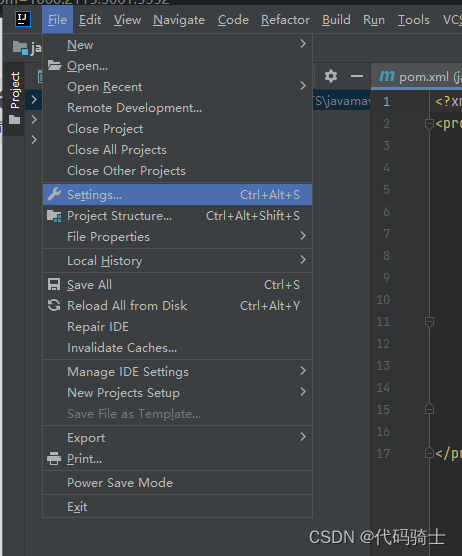
如下路径
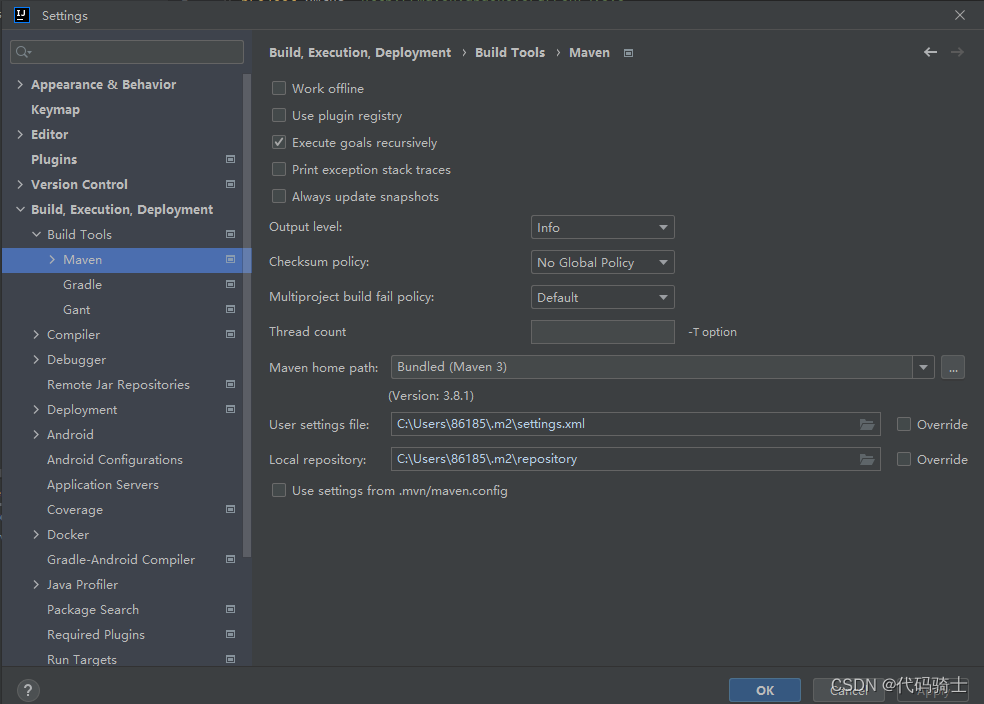
修改内容

点击OK,重启项目

三、使用LomBok依赖
简单了解:
Lombok的作用和用法_lombok有什么用_l烈阳l的博客-CSDN博客
在maven依赖网站下载依赖包
https://mvnrepository.com/

22版本idea建议用1.16.X版本

复制代码到xml文件将自动下载依赖
<dependency>
<groupId>org.projectlombok</groupId>
<artifactId>lombok</artifactId>
<version>1.18.26</version>
<scope>provided</scope>
</dependency>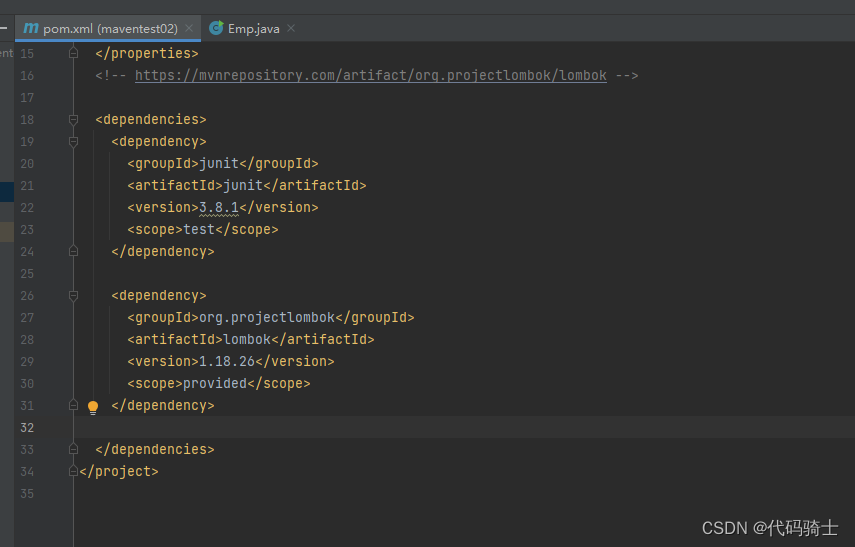
编写一个类体验一下lombok的便捷:
package org.example;
import lombok.*;
@Data
@NoArgsConstructor
@AllArgsConstructor
@ToString
@EqualsAndHashCode
public class Emp {
private int empno;
private String ename;
private double salary;
public static void main(String[] args){
System.out.println(new Emp(1, "张三", 80000));
}
}
非常快捷

四、有则改之
在配置maven环境变量时,
1、发现问题
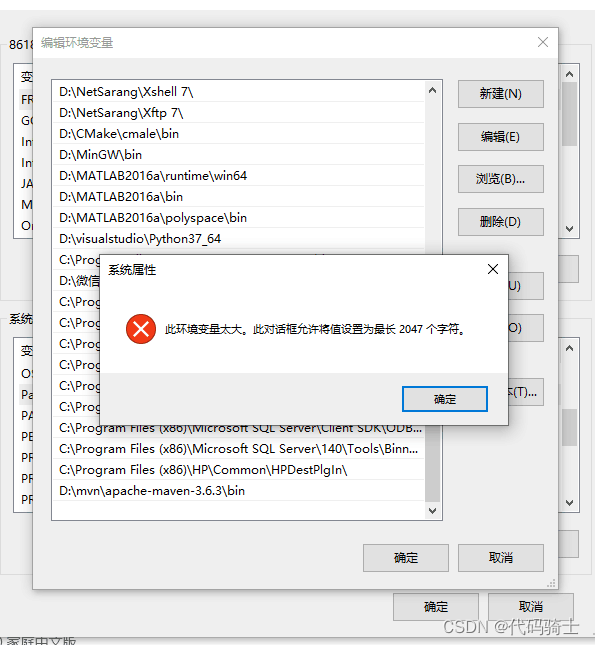
2、解决问题
1、win + r 打开注册表:regedit
2、路径:计算机\HKEY_LOCAL_MACHINE\SYSTEM\CurrentControlSet\Control\Session Manager\Environment
3、在path中添加环境变量
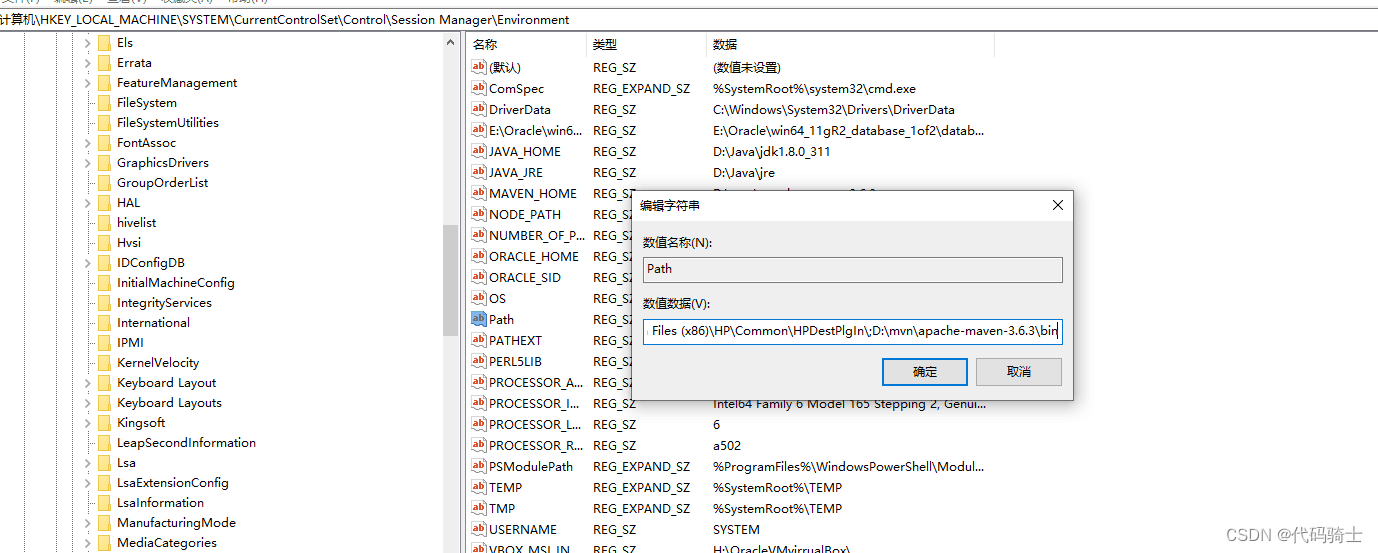
参考:
“此环境变量太大, 此对话框允许将值设置为最长2047个字符”的解决办法 - 程序员大本营
java环境搭建问题之——此环境变量太大。此对话框允许将值设置为最长2047个字符。“ 解决方法_51CTO博客_java环境变量设置不好
五、相关提示
1、将新项目都统一用阿里云镜像
选择setting for new Projects

修改maven
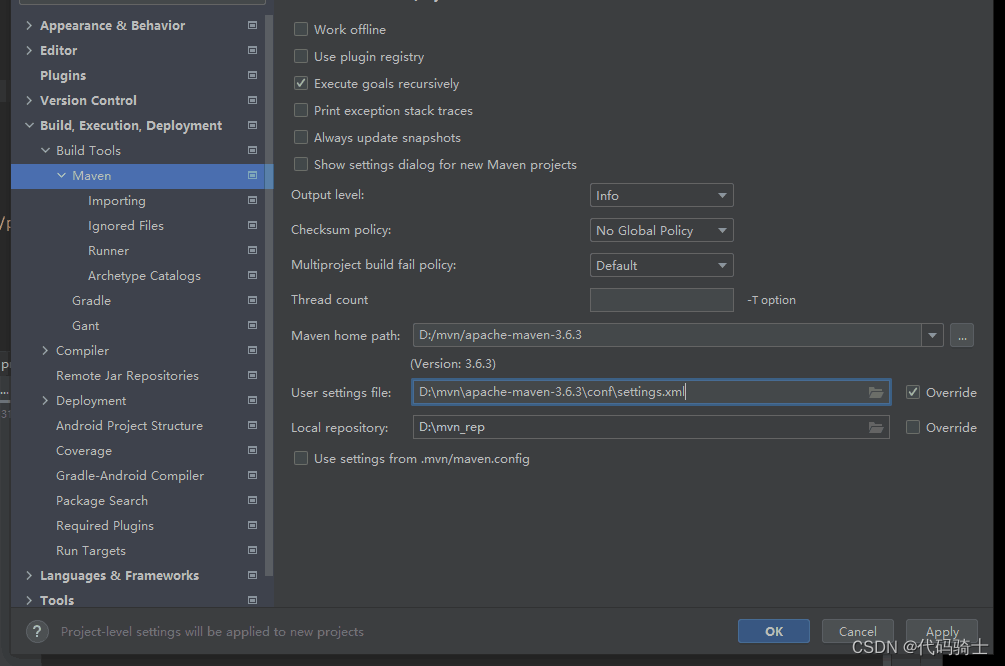
点击OK即可。
2、修改sdk


3、使用鼠标修改字体大小








